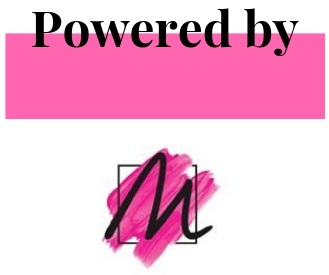HAVANA — Like so much else in Cuba, shopping for clothes isn’t easy.
Buying a simple pair of socks or a T-shirt means choosing between the wildly overpriced, shoddy offerings of state-run stores and the bales of low-priced clothing illegally imported by “mules” traveling from the United States, Ecuador or Panama.
This year, a third option is bursting onto the scene after years of growing quietly in backroom workshops and bedroom studios. A small homegrown fashion industry is winning renown and an increasing share of Cubans’ limited clothing budget with simple but fun-and-stylish clothing produced on the island with natural fabrics and sold at competitive prices.

Source: AP Photo/Ramon Espinosa

Source: AP Photo/Ramon Espinosa
The growth of the artisanal fashion industry comes thanks to free-market reforms put in place by President Raul Castro after he took power in 2008. Unlike some new private businesses, the fashion industry is receiving a relatively warm welcome from the communist bureaucracy, perhaps because it doesn’t directly compete with the state. After successful runs in the first decades of Cuba’s socialist revolution, state-run clothing businesses were hurt by the collapse of the Soviet Union and had largely disappeared by the mid-1990s.
Alongside the domestic market, Cuba’s own designers are hoping that their lightweight blouses and fringed swimsuits will become popular items for visitors to take home.

Source: AP Photo/Ramon Espinosa
Havana Fashion Week began in 2015 with 30 designers, organizer Catherine Dorticos said. This year’s edition had twice as many.
“It’s a way to motivate people, for people to see other options and for artisans to produce more and feel inspired to do new things,” she said.
– AP





